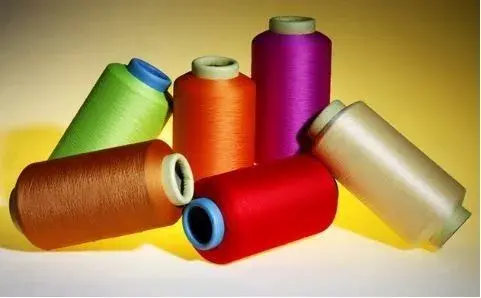1. Classification according to morphological structure
Shaped cross-section fibres: By changing the shape of the spinneret, fibres with non-round cross-section (e.g. triangular, cross-shaped, hollow, etc.) are produced to improve luster, moisture absorption or fluffiness.
Ultrafine fibres: monofilaments with a fibre size of less than 0.3 dtex, used for high-density fabrics, filtration materials, etc.
Hollow fibres: hollow cross-section to improve warmth and lightweight properties.
2. Classification by functional modification
Antistatic fibre: reduce static electricity accumulation by adding conductive materials (such as carbon black, metal oxides) or surface treatment.
Flame retardant fibre: add flame retardant (e.g. bromine, phosphorus compounds) to improve fire resistance.
Antibacterial fibre: doped with silver ion, copper ion or organic antibacterial agent to inhibit bacterial growth.
UV protection fibres: UV absorbers are added to enhance UV resistance.
Hydrophilic/hygroscopic fibres: Improvement of hygroscopicity through surface modification or copolymerisation (polypropylene itself is hydrophobic).

View More(Total0)Comment Lists